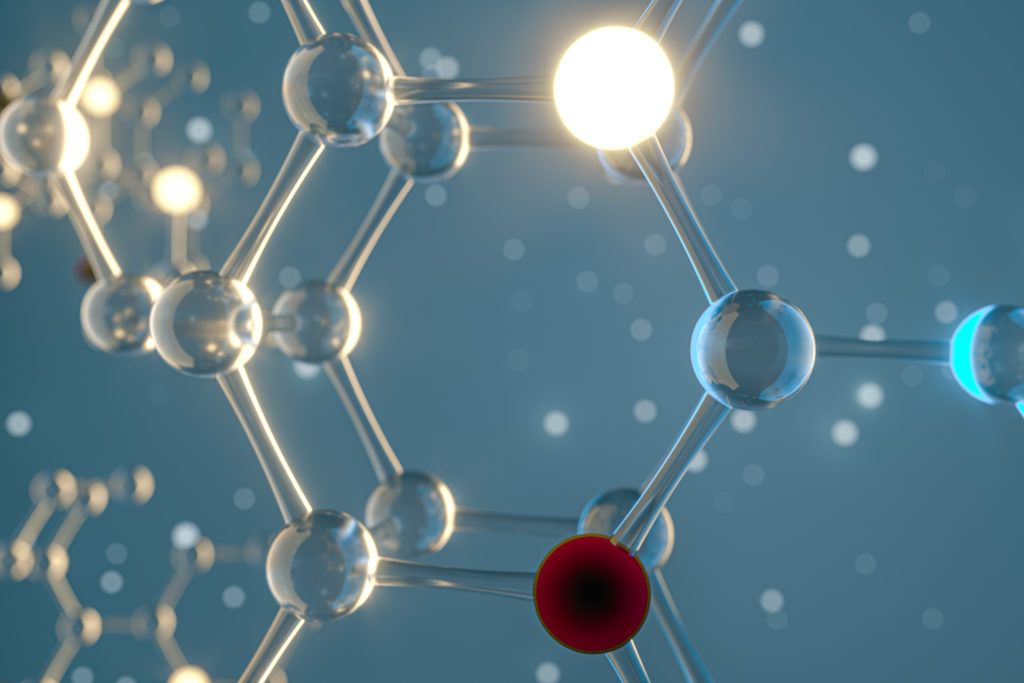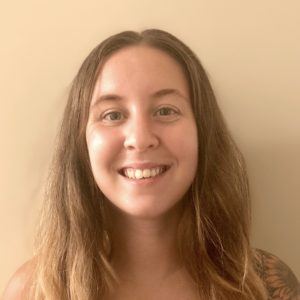
The Drug Enforcement Agency schedules drugs based on a substance’s potential for abuse and medical use, with Schedule I being considered the most dangerous drugs with no medical potential.1 Despite evidence that psychedelics do not maintain patterns of sustained and frequent use and have low abuse potential, as well as may be useful in treating substance use disorders themselves, they are still classified as Schedule I compounds.2-5 The present study by Sakloth et al. examines the abuse potential of LSD, mescaline, and psilocybin using an intracranial self-stimulation (ICSS) rodent model.5
What is ICSS?
Intracranial self-stimulation is a rodent behavioral model used to assess abuse-related effects of drugs, including psychedelics and novel compounds of interest.6,7 Rats are commonly used as subjects in ICSS procedures, and before training begins, a cathode electrode is surgically implanted in a brain reward region such as the medial forebrain bundle. Electrical stimulation of this nerve bundle activates the mesolimbic dopamine system, which is made up of neurons that originate in the ventral tegmental area, project to the nucleus accumbens, and release the neurotransmitter dopamine to produce behavioral reinforcement.8 During daily behavioral sessions, rats are then placed in a chamber equipped with response levers, stimulus lights, and an ICSS stimulator. The intracranial electrode is connected to the stimulator via cables, and rats can respond on the lever to activate the electrode and self-stimulate their own brain-reward pathway.3
In the procedure by Sakloth et al., the “dose” of electrical stimulation was systematically varied during each session by varying the frequency of electrical stimulation from low to high values. Under these conditions, rats typically press the lever at low rates for low frequencies of stimulation but respond at higher rates for high frequencies of stimulation. Most drugs of abuse increase (or “facilitate”) low rates of ICSS responding maintained by low frequencies of brain stimulation, and ICSS facilitation is commonly interpreted as a preclinical sign of abuse potential.6 Other drugs fail to facilitate ICSS or produce only a dose-dependent depression of the high rates of ICSS responding maintained by high frequencies of brain stimulation, and most drugs that produce ICSS depression are not abused by humans. The study by Sakloth et al. assessed LSD, mescaline, and psilocybin using this model.
Study Design
Following the cathode electrode implantation, the rats were trained to lever press and assessed in dose-response studies with LSD, mescaline, and psilocybin. Time-course studies were conducted in separate groups of animals with low and high doses of each drug (Table 1). These tests were done weekly, and each test session consisted of multiple components during which the brain-stimulation was varied from low to high frequencies to maintain low to high rates of lever pressing. Three baseline components were followed by injection of saline or a test-drug dose and then by pairs of test components beginning after different time points.
Table 1: Compound doses used by Sakloth et al.
| Dose-Effect | |||
| Time-Course | |||
| Repeated LSD | AND cumulative 0.032 - 0.32 |
Sakloth et al. also used ICSS to investigate the effects of repeated treatment with low, medium, and high doses of LSD. For more detailed information, the authors provide a detailed description of the cumulative dosing regimen in their methods section. These studies examined whether repeated LSD treatment might alter the effects of LSD itself, of the commonly abused psychostimulant methamphetamine, or a KOR (kappa opioid receptor) agonist thought to model depression-like effects in rats.
All data were analyzed by converting lever-pressing rates for each frequency to the percent maximum control rate (MCR), defined as the maximum rate for each rat. Under these conditions, increasing frequencies of brain stimulation produced increasing rates of lever-pressing and increasing MCR values, resulting in a “frequency-rate” curve. Drugs were then evaluated for their effectiveness to shift baseline frequency-rate curves to produce either ICSS facilitation (reflected as leftward/upward shifts in frequency-rate curves and indicative of abuse potential) or ICSS depression (reflected as rightward/downward shifts in frequency-rate curves and indicative of an absence of abuse potential).
Results
Overall, Sakloth et al. found that LSD, mescaline, and psilocybin produce weak and inconsistent evidence of ICSS facilitation at lower doses and more consistent ICSS depression at higher doses. This means that these psychedelics weakly and inconsistently increased self-stimulation at lower doses but reliably decreased self-stimulation at higher doses. All drug effects peaked after 10 min and were gone after 100 minutes. The results are shown below in Table 2.
Table 2: Summary of results from Sakloth et al. dose-effect and time-course experiments. ▲= increase, ▼= decrease.
| Higher dose ▼ ICSS across broad range of frequencies. | Higher dose ▼ ICSS across broad range of frequencies. | Highest dose ▼ ICSS across broad range of frequencies. |
| Low dose did not alter ICSS at any time point. | Low dose ▲ ICSS at only one frequency after 10 minutes. | Low dose ▲ ICSS at only one frequency after 30 minutes. |
| High dose ▼ ICSS after 10 and 30 minutes at a broad range of frequencies. | High dose ▼ ICSS across frequencies at 10 minutes. | High dose ▼ ICSS across a range of frequencies at 10 and 30 minutes. |
In the repeated LSD treatment studies, cumulative LSD at the end of repeated LSD dosing produced dose-dependent ICSS depression in all groups. Repeated LSD did not produce tolerance to the ICSS-depressing effects of LSD or produce a switch in LSD effects to ICSS facilitation. Repeated LSD treatment failed to alter methamphetamine-induced ICSS facilitation, suggesting that LSD did not alter the abuse potential of methamphetamine. However, repeated LSD did decrease U69,593-induced ICSS depression, suggesting a potential for repeated LSD to produce antidepressant effects.
Interpretation and Limitations
The present study by Sakloth et al. showed that low doses of LSD, mescaline, and psilocybin produced weak and inconsistent evidence for abuse-related ICSS facilitation, and higher doses produced robust ICSS depression. By assessing acute and repeated-dosing effects of these psychedelic compounds it is possible to investigate the abuse-related ICSS in the context of recreational one-time use and micro-dosing. This study should be repeated with female rats as well to assess any sex differences seen in this behavioral paradigm.
ICSS is mainly used as a predictive model of abuse potential for drugs that maintain sustained patterns of frequent drug use in humans (e.g. amphetamines or opioids). ICSS is less effective in detecting the abuse potential of dissociatives or drugs that are taken transiently or infrequently, (e.g., ketamine). Therefore, interpretation may be limited due to the more reported transient use of psychedelics. Despite this, the ICSS model could be used to assess the potential of psychedelics to alter drug-seeking behavior commonly associated with drugs of abuse like opioids.
Conclusion
This study found that acute dosing with three 5-HT2A receptor agonist psychedelics failed to produce reliable evidence of abuse-related facilitation in ICSS procedures. Overall, these compounds did not increase self-stimulation and at higher doses and actually decreased self-stimulation. Further research is needed for assessing these compounds and their effects in other models of substance abuse, including drug self-administration.
